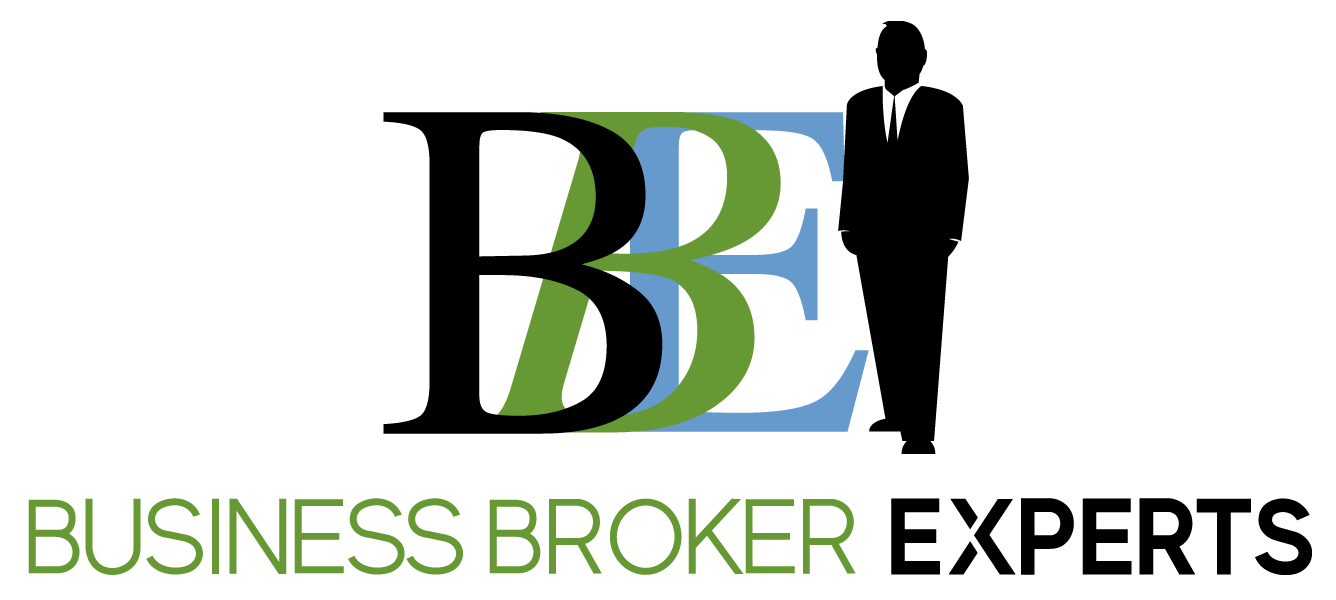There are a few ways to value a business:
- Asset Value: Calculate the value of all of the assets and arrive at a price for assets only.
- Discounted inventory value: Assess the current value of inventory and discount it for quick sale.
- Income Value (most common): The adjusted net income (net profit + owner benefit (EBITDA) + value drivers) of a business is subject to an industry standard multiple to arrive at a selling price. This price includes the assets and inventory needed to run the business.
Determine which method is best for your business:
- Asset values do not work for all businesses. You may have some underperforming assets that don’t bring much value to the business and you may have an asset (like a license) that brings a lot of value to the business. So you will need to take all the assets into consideration and arrive at a fair value.
- Discounted inventory is simply discounting the amount you paid for inventory to see it quickly. If the business is closed this might be the only way to sell.
- The Income value is the most common method. Owners hear about selling for “x times earnings.” However, this is more complicated than it sounds. This method is used for a functioning business to maximize value and is best determined by a seasoned professional business intermediary due to all the things that affect the value.
To arrive at an income value: you have to arrive at your Owner benefit (SDE). This is done by taking your net profit and adding back the items that are a benefit to owning the business. Owner Benefit is not cash flow! It is often referred to as Seller’s Discretionary Earnings (SDE).
To arrive at SDE you take the business’s profits plus the owner’s salary and benefits and add back the non-cash expenses. History has shown that this method is the most effective way to establish the valuation basis of a small business. Then, a multiple, based upon a variety of factors, is applied to this number and a valuation is established.
To arrive at owner benefit or SDE: take Pre-Tax Profit + Owner’s Salary + Additional Owner benefits + Interest + Depreciation= SDE.
Why Add Back Depreciation?
Depreciation is not an actual cash expense. It is merely a tax deduction. Since no money is physically leaving the business this amount is added back to net profit as a benefit.
Why Add Back Interest?
Since the seller’s debt must be paid off at closing of the sale the interest on that debt can be added back to the net profit to arrive at SDE. This helps the buyer know how much the business makes to service the buyer’s debt if getting a loan.
What Multiple should I apply?
Nearly all small businesses will sell in the 1-to-3 times Owner Benefit window. Of course, this is a very wide range. So the actual multiple will depend on the SDE and the strength of the business. As the Owner Benefit number increases, so too will the multiple. As an example, a business generating $200,000 in OB, may be worth a 2-3 times multiple, but one generating $500,000 or $1,000,000 can be worth a higher multiple.
Professional Valuations: Do You Need One?
A professional experienced business intermediary can provide this for you. FNBC offices do this free of charge for business owners. They will take into consideration all aspects of the business and all the things that contribute to the value of YOUR business to arrive at a fair price.
To receive your free business valuation please contact us and we will set up a confidential meeting.








